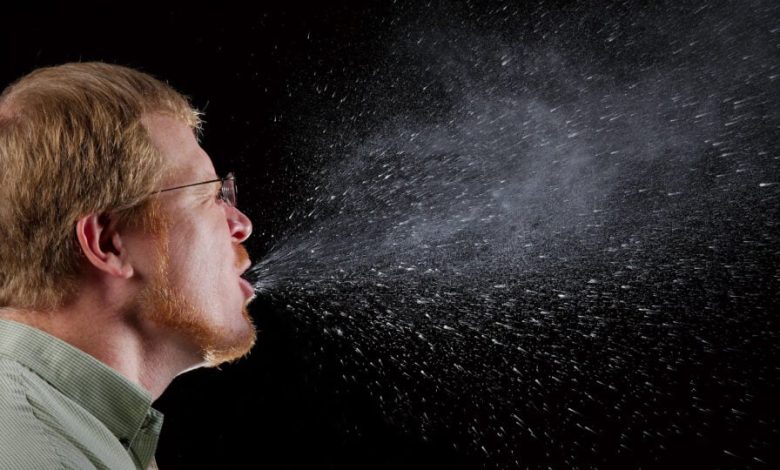How the Brain Separates Sneezing From Coughing

Coughing and sneezing are two distinct techniques to achieve the same thing. Both protective respiratory reflexes—one involving the mouth and mucus, the other the nose—are meant to drive out irritants and germs. Due to their striking similarities, medical professionals have traditionally concluded that both conditions entailed a same set of brain pathways and sensory receptors. According to recent studies, this presumption proved incorrect.
In fact, physicians at Washington University School of Medicine in St. Louis, under the direction of anesthesiologist Haowu Jiang, discovered in a recent study published in the journal Cell that this is not the case—a finding that may one day provide relief to those who suffer from allergies and the common cold.
In order to conduct the study, the researchers chose to make the mice sneeze and cough in little, probably cute ways. They activated subsets of nasal tube neurons that are already known to respond to a variety of sneezing-related stimuli, such as those that detect cold or itching. This enabled them to determine precisely which neural networks were responsible for inducing a sneeze. They discovered that although multiple sets of neurons can activate the mucosa lining the nasal canal, stimulating only one of those sets—a particular sort of itch receptor known as MrgprC11—actually caused a sneeze.
The physicians gave the poor mice the flu to confirm the results. When MrgprC11 was deactivated, the mice were ill and coughed but were unable to sneeze. The trachea did irritate when scientists attempted to stimulate tracheal MrgprC11 neurons to cause a cough, but no coughing occurred. Rather, coughing was associated with an entirely distinct group of neurons.
“Different neuropathways transmit and modulate sneeze and cough signals at the circuit level,” the physicians stated.
A fortuitous coincidence also emerged from the investigation. It seems that there is disagreement among several scientists over the validity of mice’s ability to cough. According to the Washington University experts, their identification of the acoustic and respiratory patterns of the microscopic sounds supports the conclusion that some research have reached that they can. That’s good to know that mice can cough.
The fact that the processes behind coughing and sneezing are different might not seem like a huge concern. Both are basically the body extruding certain disgusting fluids and microorganisms. In the study, Jiang and his colleagues recognized the need to find out whether the pathways found in mice have a human counterpart. However, they conveyed optimism that their research may result in novel medications and symptomatic relief for allergies and respiratory infections.
In addition to providing greater relief throughout the flu and cold seasons, this may lessen the unpleasant side effects of corticosteroids and antihistamines, such as infections, bleeding, and dry airways. Any allergy sufferer would tell you that’s not worth getting too worked up over.




